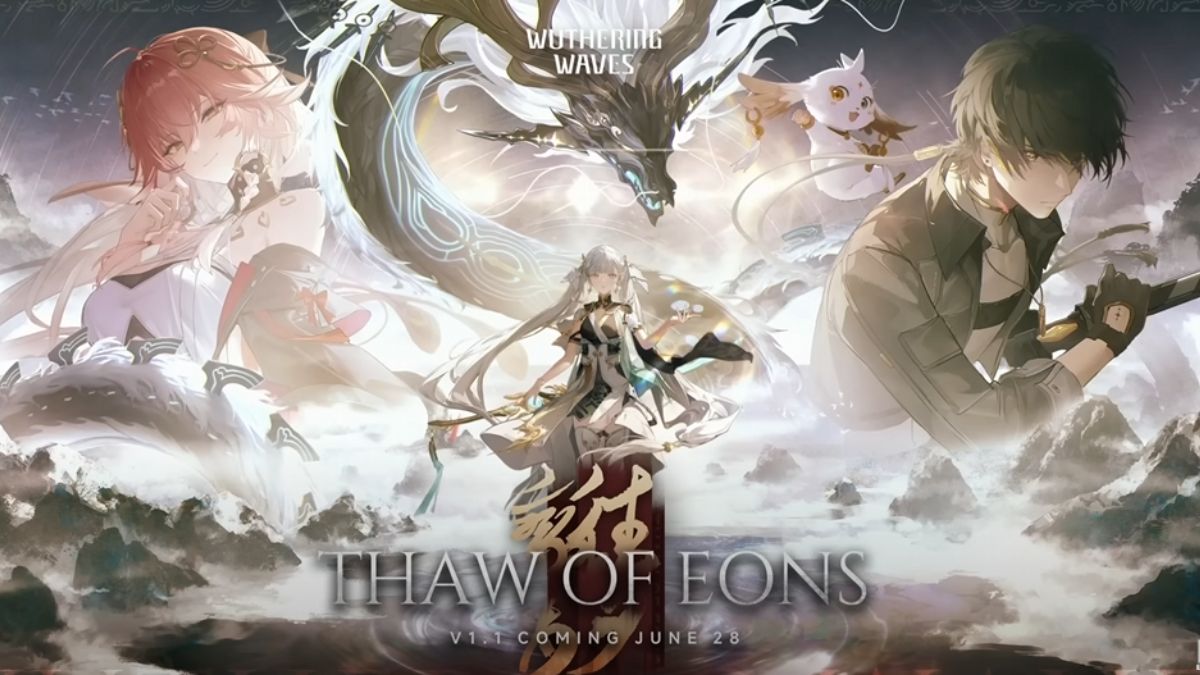Anybody who develops games, or stays up to date on game development tools, has heard of Unity, but people who just play the games might not have. Unity is a game engine with a payment plan that appeals greatly to indie developers. It allows anybody to start developing games by offering a free and royalty-free version with tons of powerful features. They also offer a pro version, which can be bought as a one-time purchase or as a subscription.
Features
Unity announced the newest version of their game engine, Unity 5. For those of you who already develop, are starting to develop, or might be interested in developing video games will be interested to see the details of this new version. Plenty of new, powerful tools are being offered here, so lets start by taking a look at the new features.
Shaders and Lighting

The biggest changes Unity 5 has brought graphically is the improvements to the built-in shaders and the addition of Global Illumination. Shaders are essentially a script used to control how textures are turned into materials. A material is a combination of textures, such as combining a diffuse texture (the colors of a texture) with the a specular texure (the reflectiveness of the texture in different areas). Unity has greatly improved on the graphical capabilities of their shaders by providing physically based shading to its users. Put simply, physically-based shaders are more adaptable. They look great in a variety of different lighting environments, whereas normal shaders tend to take more tweaking as you transition between lighting.
The second addition, Global Illumination, is removing the need to use lightmap baking. In the current and past versions of Unity, developers would have to “bake” the shadows of static objects. When you have an object that does not move, such as a building, and a light that does not move, then you can logically state that the shadow cast by that object from that light will not move; therefore, to reduce performance costs, baking lightmaps would apply that shadow on top of the textures of the objects that are receiving the shadow. This means that the engine does not need to render the lighting in real-time. Now, with Global Illumination, the engine has a much more powerful lighting system and the shadows will update automatically when you move objects. Which means you do not need to constantly tweak your objects, bake an entire lightmap, and repeat.
Game Audio

Unity 5 features a massive overhaul to the audio system. This is actually one of the features that I am the most excited about. The editor now features a live mixer that can be adjusted. While you are listening to the audio play, you can now perform actions such as raising the ambience sounds, lowering the narrative, raising the gunfire, and any other volume balancing you may wish to perform. This feature will greatly reduce the time it takes to tweak audio by providing a similar approach to traditional music-editing software.
Web Deployment Using WebGL
In past versions of Unity, it was already possible to build to a web game that would play similarly to a Flash game; however, like Flash, it would require the user to download a Unity plugin in order to play the game. Although this was only required once, most people would not have it because there were not many games out there that used it.
Now, with Unity 5, games can be built to the web using WebGL. WebGL is a JavaScript API library that is used for video games and other 3D web applications. Integrating with JavaScript means that the game will work out-of-the-box with any web browser that has JavaScript enabled, which most browsers do.
64-Bit Editor
This is a pretty self-explanatory feature. Before Unity 5, there was only a 32-bit editor available, even though you could build 64-bit versions of your games. So, regardless of what operating system you were using, every developer was running the same, 32-bit version of the editor. Now, a 64-bit version of the editor has been added for those developer who are using 64-bit operating systems. This translates over to Unity being more efficient when handling demanding operations, resulting in better performance in large-scale projects.
Unity Cloud
A big feature that Unity has in store, which a lot of companies are implementing, is the Cloud. Most people in the gaming world should have heard of the Cloud by now. It plays a big role in gaming these days, especially in Microsoft‘s “master plan” for the Xbox One. In the announcement on Unity 5, they mentioned that they will be using the Cloud to allow for increased cross-platform promotion campaign on mobile devices. This involves monetization and other promotional systems to be set up under one system and deployed to multiple mobile platforms seamlessly.
This is just the beginning though. In the trailer for Unity 5, they have stated that it is the “first of many” Unity Cloud features. So what will be the next Cloud service that they offer? I guess we will have to wait until Unity 5.1 for that, but it is a feature that could mean endless useful features. The obvious potential is improved version control and other features to manage your projects across multiple computers.
Pricing
For those of you who do not have experience in game development, these price tags might come as a bit of a shock; however, these are actually incredibly reasonable prices for a game engine. Unity has always been well-known for being affordable for indie developers, and continues to be in this version. The important thing here is that this is for Unity Pro. The free version of Unity is still going to continue and it contains tons of great features for independent developers. Most people will not purchase Unity Pro until after they have at least one successful game.
It is also important to note that, for those of you who are in school, they offer student pricing for Unity Pro, both learning and commercial, licenses at Studica, but I will not be going over those prices here.
One-Time Purchase
The “classic” way of paying for Unity Pro is to just purchase it once and own it forever. This will entitle you to all updates of Unity 5, but not of versions 6 and up. So you will get 5.1, 5.2, and so on for free, but you will need to repurchase the engine for future full versions. The following are the prices for Unity 5 and its extensions on a one-time purchase:
- Unity Pro: $1,500
- iOS Pro: $1,500
- Android Pro: $1,500
- Team License: $500
It is important to note that there are discounts for upgrading from past versions of Unity, starting from $600.
Monthly Subscription
The new way of paying for Unity Pro is to subscribe. Many development applications and suites are using this system now, such as the Creative Cloud suite and Microsoft Office. It is a preferred payment method for some people because your bill is spread out and you just keep subscribing to seamlessly move between new versions of Unity. The following are the prices for Unity 5 and its extensions on a subscription:
- Unity Pro: $75/month
- iOS Pro: $75/month
- Android Pro: $75/month
- Team License: $20/month
Conclusion
There are a lot of great new features coming in this version of Unity. I have never had an interest to purchase or subscribe to Unity Pro, since I make games for fun instead of profit, but there is certainly a slew of new features here that I am excited for. More information can be found on Unity’s official website, what feature are you most excited for?






Published: Mar 21, 2014 07:23 pm